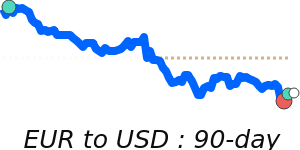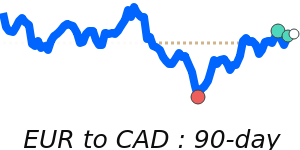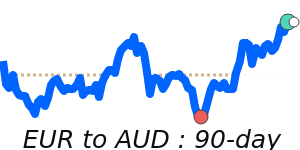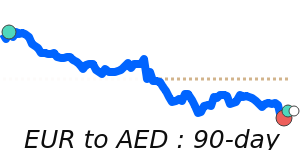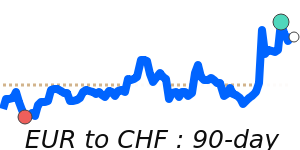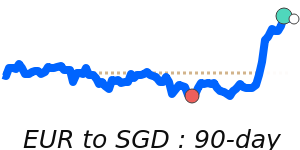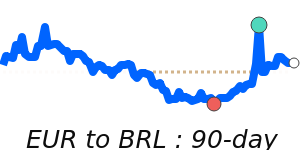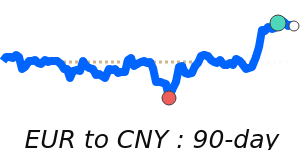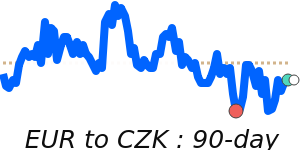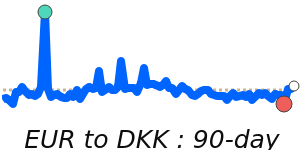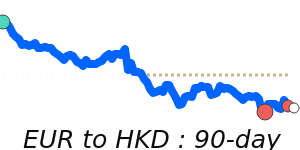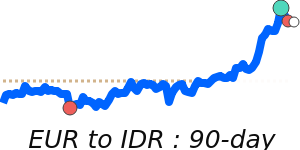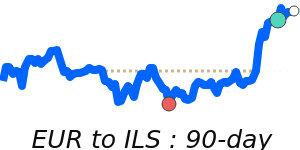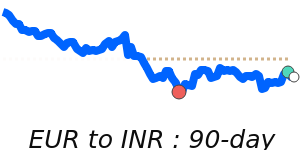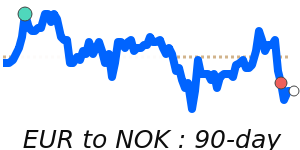The euro (EUR) experienced a slight decline recently, particularly following the European Central Bank's (ECB) decision to maintain interest rates amidst modest economic growth in the eurozone. On December 18, ECB President Christine Lagarde highlighted the need for caution, emphasizing that a stronger euro could potentially hinder efforts to bring down inflation. This sentiment has added downward pressure on the currency.
Recent developments have also shaped the outlook for the EUR. The approval for Bulgaria's accession to the eurozone, effective January 1, 2026, is a significant milestone that may influence market dynamics in the coming months. Moreover, the ECB is advancing its digital euro project, aiming for a central bank digital currency by 2029, which could change the landscape of euro transactions and consumer behavior.
Current market data shows the EUR/USD pair trading at 1.1774, which is 1.2% above its three-month average, reflecting a stable trading range. In contrast, the EUR to GBP has dropped to 60-day lows near 0.8725, suggesting weakening against the British pound. The EUR/JPY is faring better, currently at 183.7, significantly above its three-month average, indicating stronger performance against the Japanese yen.
Global factors, particularly fluctuations in oil prices, continue to influence the euro’s value. Currently, oil is trading at 62.29, which is near a seven-day high but remains below its three-month average. As oil prices impact inflation and economic sentiment in the eurozone, potential volatility in the energy market could further affect the euro's stability.
Looking ahead, the euro's performance will largely depend on future ECB monetary policy decisions, economic recovery trajectories across the eurozone, and ongoing geopolitical challenges, particularly related to the war in Ukraine. Analysts anticipate that stability in these areas may restore investor confidence and influence the euro's trajectory in the international currency markets.
